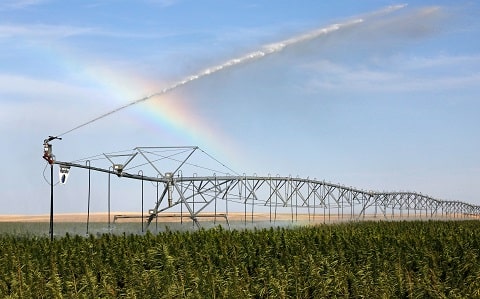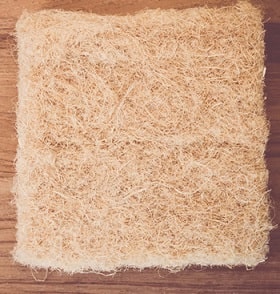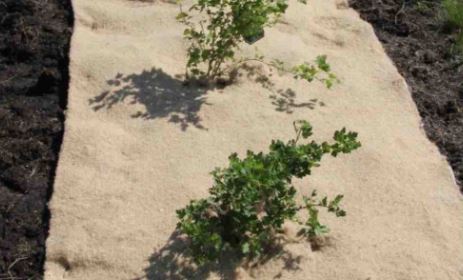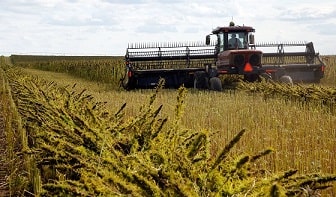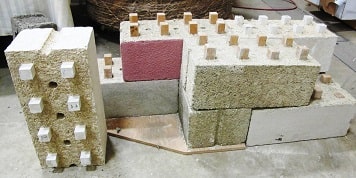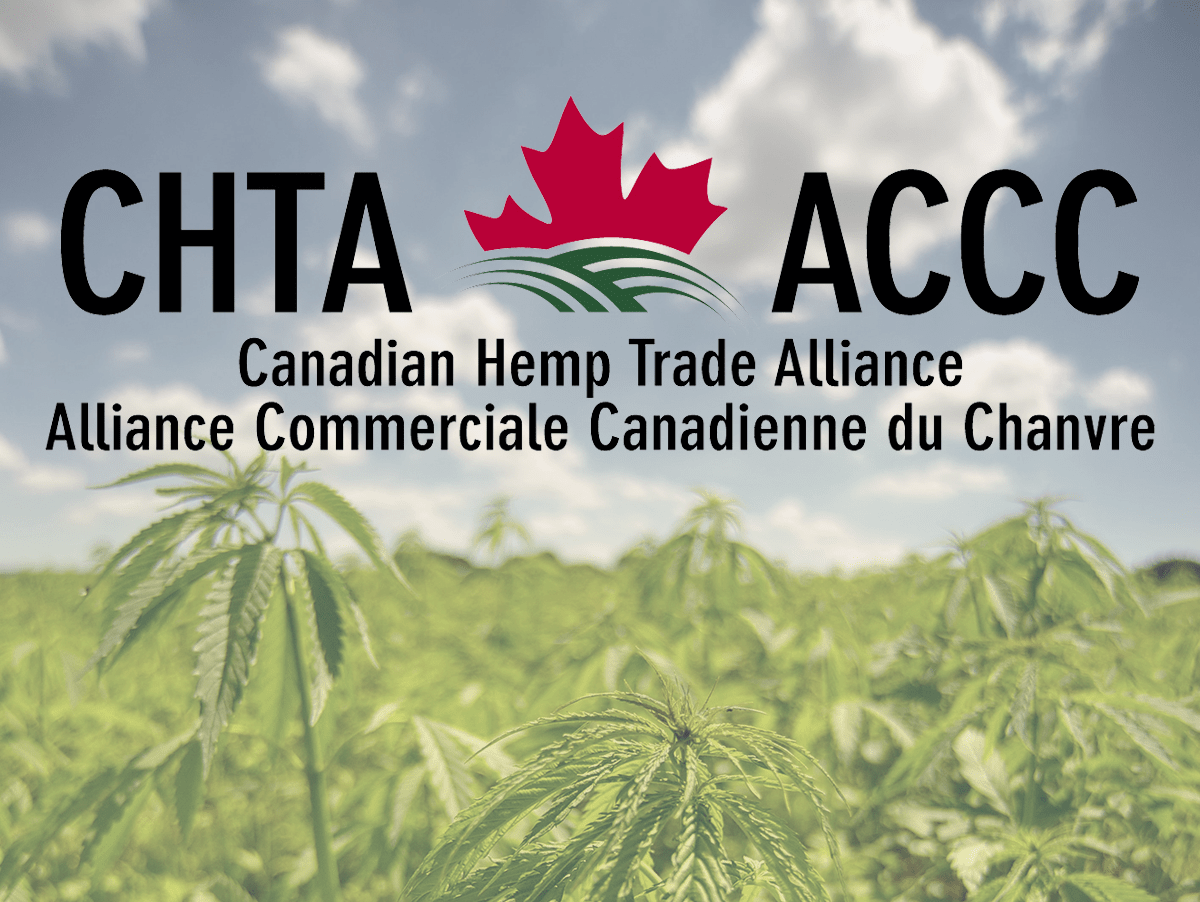
Over the past several months, Hemp Benchmarks has been requesting information from hemp businesses and trade associations around the world. We have asked them to talk about their regional markets, as well as the challenges and opportunities facing the hemp sector in their parts of the globe. In the first part of our series we focused on developments in the Australian and Latin America hemp sectors. In the second part of our series we reviewed the hemp market landscape in the European Union and how it relates to the U.S.’s young industry.
In this installment we examine the Canadian hemp sector. Canada is home to an established domestic and international grain hemp market, a foundation which market participants are looking to as a jumping off point for further growth and diversification.

Photo Courtesy: CHTA
Building on Decades of Experience
Industrial hemp was legalized in Canada in 1998. Since then, the country’s industry has been focused primarily on producing grain hemp for use in foods and other products, such as cosmetics. According to Ted Haney, President and CEO of the Calgary-based Canadian Hemp Trade Alliance (CHTA), Canadian hemp grain and derivative products are now well-established, as the industry has spent decades developing a widespread knowledge base regarding all aspects of the plant – from agronomy and genetics to production, storage, and processing.
“This is an industry that is growing based on expertise and broad-based information developed over 23 years,” Haney told Hemp Benchmarks. “And the new research and growth in our industry is building upon that base.”
‘An Industry in Ascension’
The U.S. hemp market has gone through some challenging experiences since its first legal commercial crop in 2019, resulting in contracting hemp production in 2020, with another decrease in production likely in 2021 as well. Meanwhile, its Canadian counterpart is anticipating expanded production capacity in the 2021 season. In a recent interview with Grainews, Haney said the nation’s hemp sector was looking at a 15% to 20% increase in planted acreage, “which should take us over the 100,000-acre level for sure.” However, in interviews with U.S. grain hemp market participants, some expressed the view that exceptionally strong prices for traditional row crops and oilseeds could lead to lower-than-usual hemp acreage planted in Canada this year.
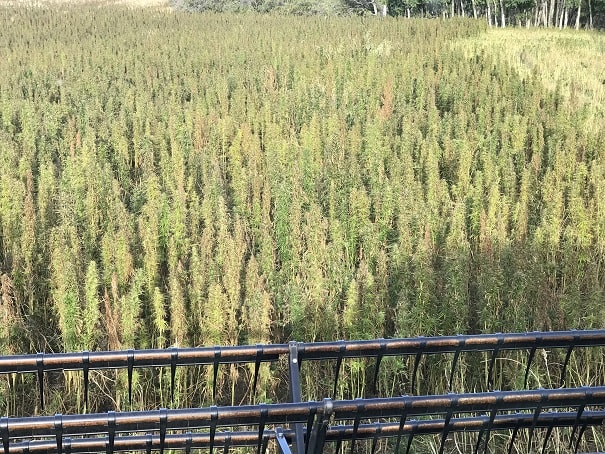
For his part, Haney stated that Canadian grain hemp is remaining competitive in the global oilseed market. Hemp seed – or grain – production, Haney told Hemp Benchmarks, is responsible for about 80% of the Canadian hemp industry’s sales. “Definitely, at this point, the hemp seed market is our expertise. Our exports increased in 2020 by about 14% in value. Canada exported to 50 countries in the last five years, and we see new markets come to the table each year. The U.S. is our number one market for hemp foods derived from hemp seed, but we have significant markets in Asia, Africa, South Asia, and elsewhere.”
Canada’s hemp market is also diversifying. “We are going to see increased levels of investment in value-added processing, in food products, in fiber products, and in cannabinoid products derived from hemp over the next ten years,” Haney said. “And our industry will double over the next five years, and double again by 2030. So it is an industry in ascension, but all of it is firmly rooted in the agriculture community and as an agricultural product.”
Hemp as Livestock Feed
Haney noted that the hemp protein extraction market is growing internationally, and with that growth has come more demand for the use of hemp as livestock feed. In a Hemp Market Insider article published last November, we noted efforts by hemp advocates in the U.S. to obtain approval for hemp as an animal feed.
There is a similar campaign underway in Canada, where industry still needs approval from the Canadian Food Inspection Agency (CFIA) to register hemp seed and its derivatives for use as livestock feed. Haney pointed out that CFIA has shown some flexibility on mainstreaming hemp as livestock feed and is helping to streamline the compliance process.
“It’s a regulatory approach,” he said. “Right now the new livestock ingredients will take up to two years from when we submit the formal applications. But authorities understand the priority of the industry, and so we believe in approximately a year after [our] submissions we’ll have approvals.” Those submissions to CFIA, Haney added, should be complete in the next several weeks.
The Cannabinoid Issue
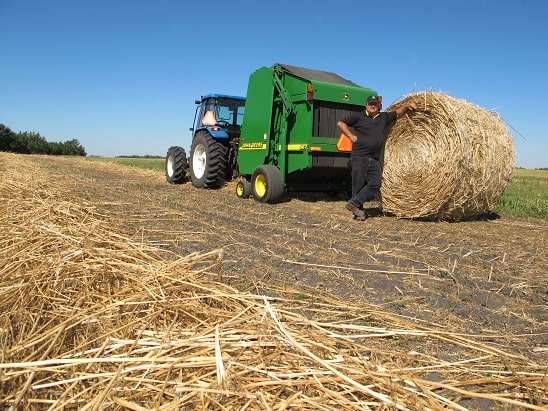
Another important front for CHTA’s efforts is to help with cannabis and hemp policies in Canada, including regulations to liberalize hemp-derived cannabinoids other than THC, while bolstering the marketing and sales of CBD and other hemp-derived cannabinoids. Although industrial hemp has been legal in Canada for more than two decades, CBD and other hemp-derived cannabinoids were only legalized in late 2018 as part of Canada’s broader legalization of cannabis.
According to Haney, CBD and other cannabinoids currently make up about 2% to 3% of the Canadian hemp industry’s total sales. “We are being classically Canadian,” he said, regarding cannabinoids, “we’re acting like a turtle. We move slowly, but we don’t fall back. And so we’re doing the Canadian turtle thing here: It’s working through regulatory structures, approving cultivars that will generate plant material that is economically viable for the purpose of extraction; and that will increase those acres.” (Our Cannabis Benchmarks division recently examined some Canadian hemp data from recent years in its May 14 Canada Cannabis Spot Index report.)
As we mentioned in our April Hemp Spot Price Index Report, Health Canada, the federal agency responsible for the nation’s cannabis regulations, recently issued a list of its approved hemp cultivars for the 2021 growing season. 2021’s list includes several high-CBD hemp varieties developed both domestically and in the U.S., giving Canadian growers interested in CBD hemp more options for planting. According to Health Canada, regulations require “all seed planted for the production of industrial hemp in Canada to be of pedigreed status (Certified or higher class), other than seed used for plant breeding.”
The Five Pillars of Hemp
According to a CHTA document released in March, the future of Canada’s hemp industry is being built on five pillars:
- Farming – continued genetics, agronomic, regulatory, and industry structure issues need to be addressed;
- Food – well developed in Canada, still growing, developing standards, domestic and export food ingredient opportunities;
- Feed – needs regulatory approval from CFIA;
- Fibre – lots of interest, but needs critical mass to attract sufficient decortication and valued added capital investment (capacity) to create a viable market;
- Fractions – According to Haney, the term means everything to do with the harvesting and storage of hemp flowers for sale to licensed cannabis processors, for extraction in Canada only. That protocol is tightly restricted due to Canada’s current Cannabis Act and Industrial Hemp regulations.
To help strengthen these pillars, the document continues, the Canadian hemp sector needs to continue its research, education, and marketing efforts, while establishing a “stable” funding platform and more overall standards for the national hemp industry.
Despite some regulatory challenges, Haney believes hemp can quickly develop into a major agricultural crop in Canada: “By 2030 our industry believes that we can go from the current 100,000 acres [planted annually] to 450,000 acres. Hemp is a specialty crop moving towards the mainstream as demand for fats, fiber, and livestock feed grows.”
